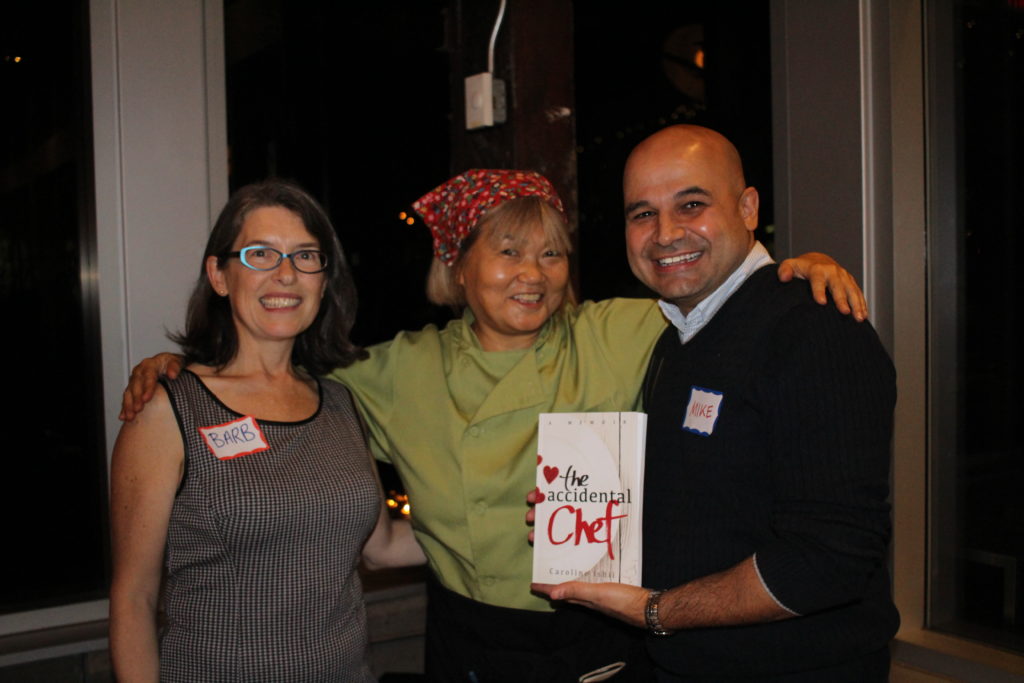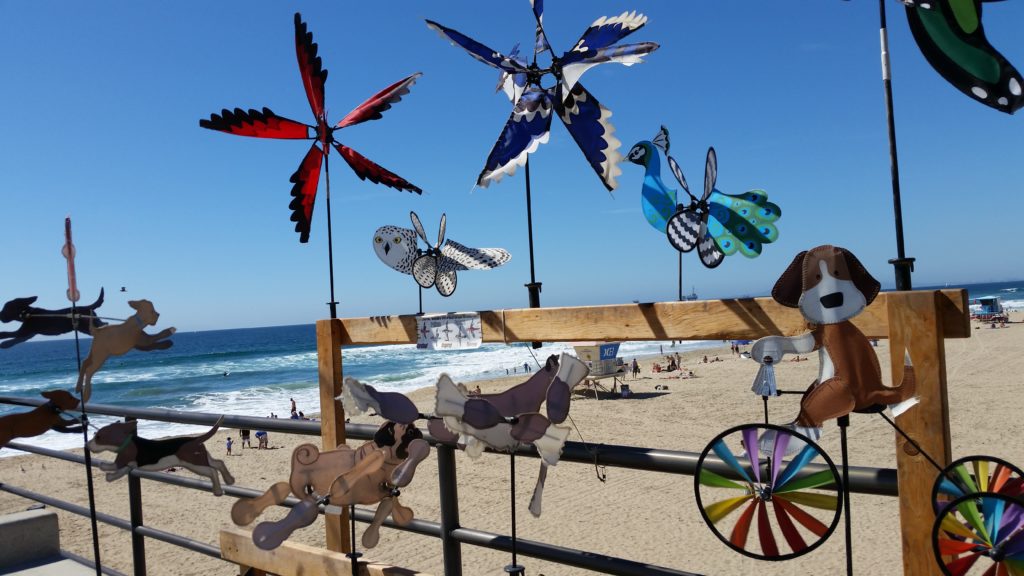
Spring is about growth and renewal. Are we growing too?
I was in the park watching the brown leaves from last autumn cling onto the branches of a tree. I wondered how had the leaves hung on through the fierce snowstorms, crushing ice pellets and high winds?
As the wind went through the trees, they made a beautiful sound. Crispy, fluttering, like they were waiting to fall. Were they happy they had made it this far?
I feel like these leaves are us. We are resilient, making it through the harsh winter with strict pandemic restrictions.
But when is it time to let go of what we were and become who we want to be? How do we know when to let go?
Trees know when to bud and grow leaves. They don’t obsess over it or overthink, it just happens by being a tree. Can we be the same?
Can we stand in our presence and have life meet us where we are? Do we need to rush, push, and force ourselves to faster than we are comfortable?
Running with friends
This reminds me of running with friends. I don’t enjoy this because I go much slower than others. I like my speed, it’s comfortable for me.
When I run with others, I feel I must push myself to keep up. I can’t even have a conversation because I am struggling to keep up and am gasping for air, which is why I wanted to run with friends in the first place.
It’s great going out with a friend for encouragement and support, but when it turns into being unkind to ourselves, why do we do it?
Why are so mean to ourselves? Because we compare ourselves to others? Because we want to be better than we are? What is better anyway? And who defines better? We do!
Self-compassion
Being kind to myself is something that I am learning every moment I am not. We learn most when we fail. How do we grow unless we take risks?
As we age, we realize we do not have all the answers. We are fearful of trying something new because we may fail and look foolish. And we may speak harshly to ourselves when we make mistakes.
What if I told you that “not knowing,” trying something new, and making mistakes are essential to human growth and wellbeing?
Creating an Alzheimer’s resistant brain
We know it’s important to get physical exercise and eat healthy foods for our wellbeing. But did you know that it’s also critical to give our brain a workout every day to keep it active and healthy?
Neuroscientist and author of Still Alice Lisa Genova said in her 2017 Ted Talk,
“The experience of having Alzheimer’s is ultimately a result of losing synapses. The average brain has over a hundred trillion synapses, which is fantastic; we’ve got a lot to work with. And this isn’t a static number. We gain and lose synapses all the time through a process called neural plasticity. Every time we learn something new, we are creating and strengthening new neural connections, new synapses.”
In recent studies on preventing dementia and Alzheimer’s, researchers have found that even more important than doing crossword puzzles, which confirms what we already know, is to try something new.
“You don’t want to simply retrieve information you’ve already learned, because this is like travelling down old, familiar streets, cruising neighbourhoods you already know. You want to pave new neural roads,” says Genova.
Building an Alzheimer’s resistant brain means giving your brain new experiences every day. It doesn’t have to be as strenuous as rock climbing or daring as bungee jumping. It’s about constantly learning new things, approaching daily routines in new ways to break patterns, and trying something different to engage new or rarely used mental pathways. It’s as simple as taking a new route to the corner store, using your non-dominant hand to make a phone call, learning a few lines in Korean, or making bread for the first time. It doesn’t have to be complicated or demanding; it can be fun and delicious too!
Did curiousity kill the cat?
I’ve always been a curious soul. As children, we ask many questions.
I continue to be curious, and I believe the greatest research experiment is myself! I absorb as many podcasts, videos, and books as I can on personal development and ask many questions.
The proverb “curiosity killed the cat” warns of the dangers of unnecessary investigation or experimentation. I believe not having curiousity about life can endanger us.
Through societal pressure, fitting in with our peers, and “growing up,” we think we should know everything and not ask questions or as many. We lose our curiousity.
Studies in positive psychology, which is the scientific study of human wellbeing, repeatedly show that zest, curiousity, hope, gratitude, and love relate to higher levels of happiness.
Another saying is that a cat has nine lives. In ancient times, cats were worshipped because they seemed magical in their ability to take risks and survive with their agility, flexibility, and sturdiness.
I believe we can have many lives as well, and curiousity is the key to entering them.
My friend refers to significant periods in her life as a “mini life.” I love this concept.
Good or bad?
We are often quick to label something in our lives as “good” or “bad.” This reminds me of my grandfather Otomatsu Ishii.
Otomatsu came to Canada from Japan in 1902 for a better life. After three years of hard labour in B.C., he gained his Canadian citizenship. He bought an island north of Vancouver Island, sent for a picture bride, they had a family, and he did what he loved, fishing. He seemed to have a “good” life.
During the Second World War, my grandfather and family were taken away to internment camps.
At the end of the war, my grandparents were given two choices by the Canadian government, either move East of the Rockies or to Japan. Unable to return to their home, they were heartbroken.
Otomatsu brought his family to his hometown in Nushima, Japan. The war had ravaged Nushima, and there was nothing left of his family home. He felt terrible and guilty for bringing his family there. He dies shortly afterwards.
His last request was for his ashes to be placed in the Ishii gravesite in Nushima and he told his children to find their way back to Canada. My father George returns to Toronto, where he meets his wife Suyeko, and my sister and I were born.
Meeting Otomatsu
While in Ochi, Japan last year, I searched for my grandfather’s gravesite in Nushima. I found Otomatsu’s gravesite through a friend in Ochi, who took me there. No one had visited him since they left for Canada some 70 years ago.
I felt enormous respect and gratitude to my grandfather for the hardship and sacrifices he made. I told him so.
I said he might have thought his life was “bad,” and he made mistakes by going to Canada where he was mistreated and later returning to Japan where life was hard after the war.
I said to my grandfather, “It turned out ok, grandpa. I was born in Canada. I came to Nushima, and I understand why you loved it – it’s beautiful. I have a good life. Thank you. “
Connecting the dots
Our lives are fleeting and part of something continuous that will move forward in ways we can’t imagine.
This relates to what we’re going through with COVID-19. How do we know what will happen in the future because of it? What are the important lessons we are learning now? Lessons like how essential human connection is, or the simple things we took for granted like meeting friends for coffee and hugging someone you love?
This is just one “mini life” in our book and one book in the library we call “family history.”
Sometimes, only by looking back on our lives and family history can we connect the dots.
Co-founder and CEO of Apple Steve Jobs, said in his 2005 Stanford commencement address,
“You can’t connect the dots looking forward; you can only connect them looking backwards. So, you have to trust that the dots will somehow connect in your future. You have to trust in something – your gut, destiny, life, karma, whatever. This approach has never let me down, and it has made all the difference in my life.”





0 Comments